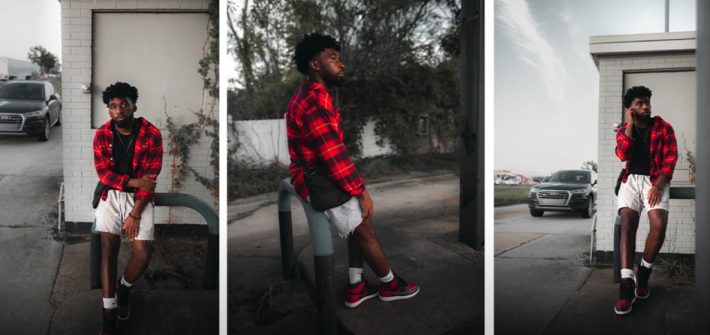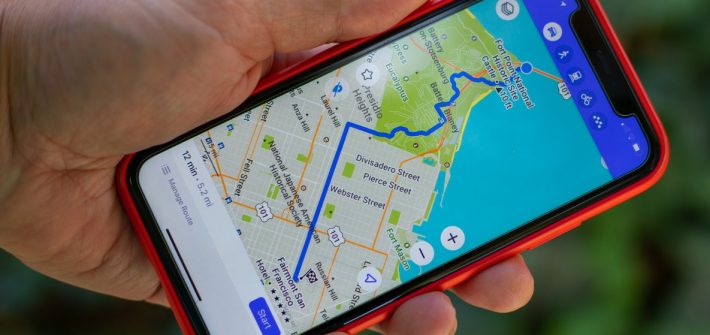How do you rate success in photography? Maybe, it’s earning a living from it. That isn’t a goal for everyone, but valuable lessons about successful photography can be learned from the business of professionals.
![]()

The internet and social media can be a bit of a double-edged sword. On one hand, it is easier than ever before to quickly digest the work of hundreds of creatives and to find inspiration, educate yourself, and network with other photographers and filmmakers. It is not all positive, though. One of the most dangerous things you can do is fall into the trap of making art for other artists, and this great video essay discusses why that is something to be avoided.
![]()

Nearly everyone today knows about the effectiveness of Google Maps for finding locations anywhere in the world and even perhaps saving them for reference later. There have been countless articles, written even here on Fstoppers, which exhibit its usefulness. However, many fundamental deficiencies arise upon using Google Maps when you take away the one thing it needs to be functional: an internet connection.
![]()

If you search the internet, you will find a lot of landscape photos that include a human element. Often, a person will be in the frame, sometimes the photographer themselves. In this article, I want to take a closer look at the reason why you should sometimes use a human element in your landscape photo.